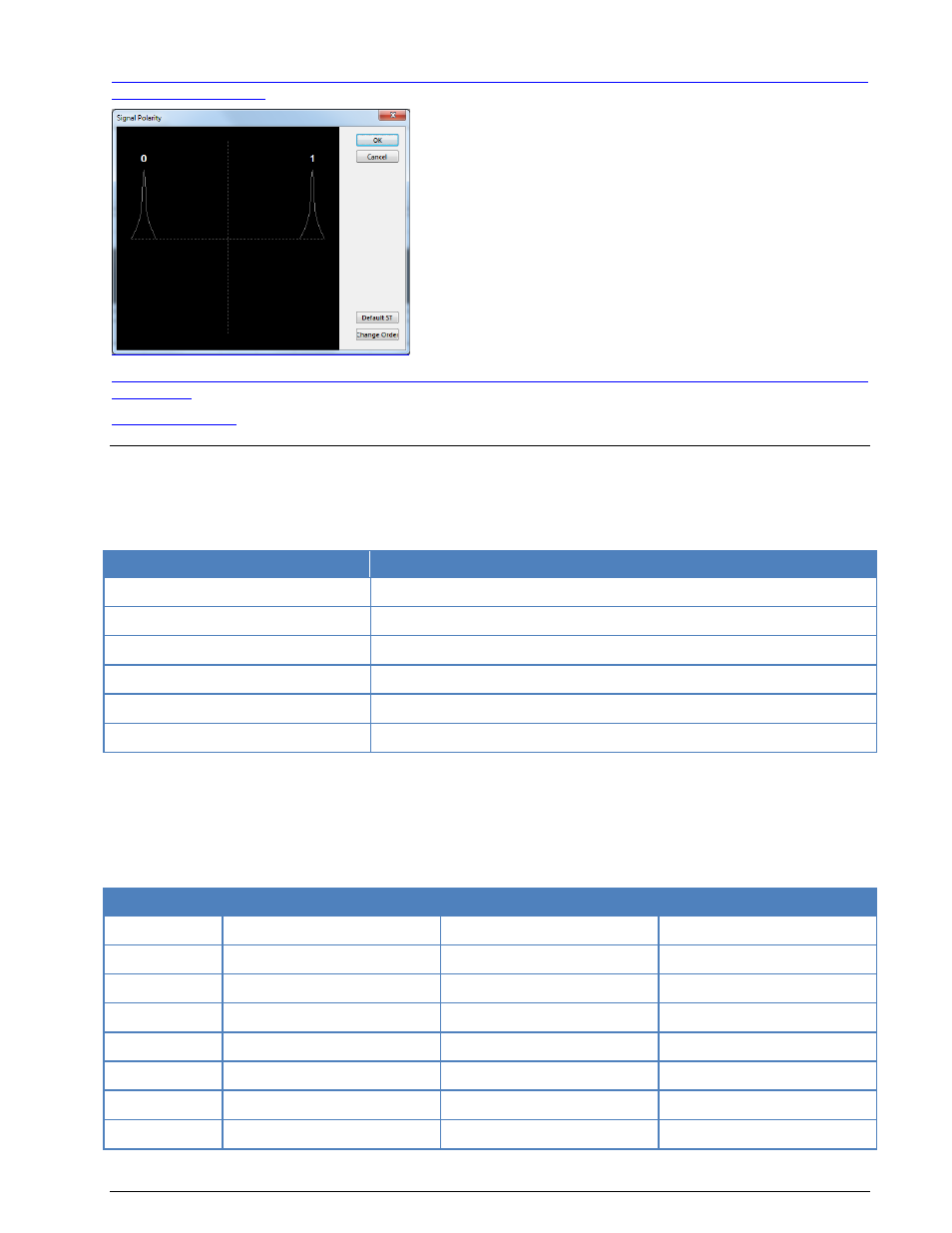Icao selcal – Wavecom W61PC V7.5.0 User Manual
Page 174

164
Transmission Modes
WAVECOM Decoder W61PC/LAN Manual V7.5
” on page 35.
ICAO SELCAL
ICAO selective calling was initially defined in 1985 using twelve tones (Tones "A" to "M", but without tone
"I"). In 1994 the ICAO calling system, also known as ANNEX10, was extended with the additional tones
"P", "Q", "R" and "S" and now operates with 16 tones.
Parameter
Value
Frequency range
HF
Operation modes
Analogue Selcal
Symbol rate
1000 ms
Modulation
USB
Receiver settings
USB
Input format(s)
AF, IF
The allocation of selective call addresses is exclusively managed by Aeronautical Radio, Inc. ARINC (ICAO
Designator Selcal Registry).
Each address consists of two pairs of tones, e.g. "AB-CD". Both pairs have a duration of 1,000 ms. Be-
tween each pair an interval of 200 ms is inserted. ICAO Selcal is used on all frequency bands (HF and
VHF/UHF).
ICAO Selcal Tone Allocation
Designation
Frequency (Hz)
Designation
Frequency (Hz)
RED "A"
312.6
RED "J"
716.1
RED "B"
346.7
RED "K"
794.3
RED "C"
384.6
RED "L"
881.0
RED "D"
426.6
RED "M"
977.2
RED "E"
473.2
RED "P"
1083.9
RED "F"
524.8
RED "Q"
1202.3
RED "G"
582.1
RED "R"
1333.5
RED "H"
645.7
RED "S"
1479.1